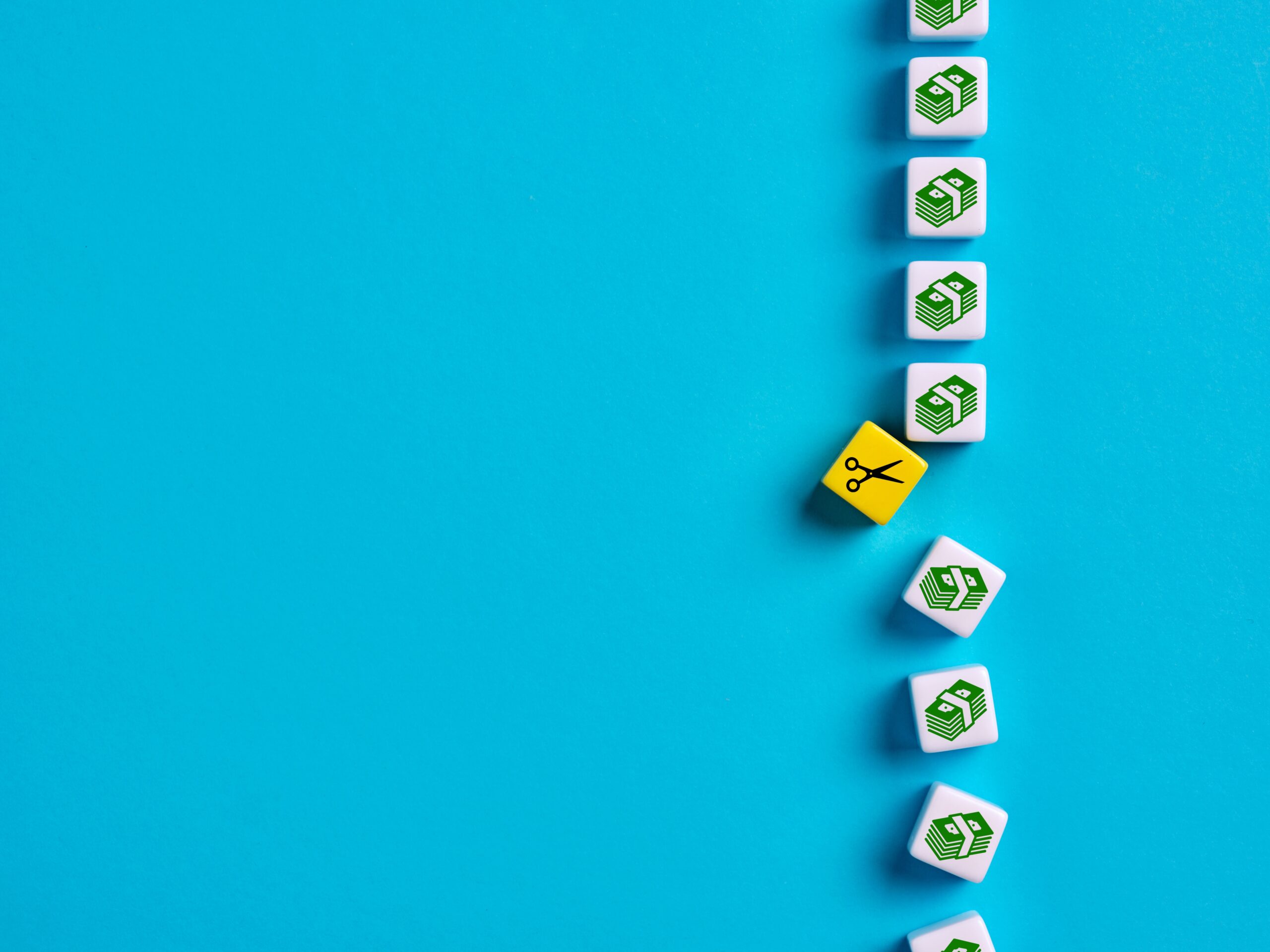The job you’re applying for may or may not be remote going forward, but in this time of social distancing due to the novel coronavirus — your interview will be. And as things evolve, this may become more the rule than the exception. According to the United States Census Bureau, remote interviews are becoming increasingly common as millions of workers are being hired to WFH (and this before the time of C19).
Job interviews used to be when we could connect in-person with a possible new employer — but until the new normal reverts to the old — it’s key to make the tech work in your favor. In some ways, remote interviews are not too different from in-person ones: the company wants to see if you’re a good fit for the role — and you want to see if the company is a good fit for you. Like an IRL interview — do your research, review your notes, have a copy of your résumé handy, and a shortlist of questions you want to ask the interviewer. But you may face a few challenges that you might not in a face-to-face interview. Here’s what you want to know!
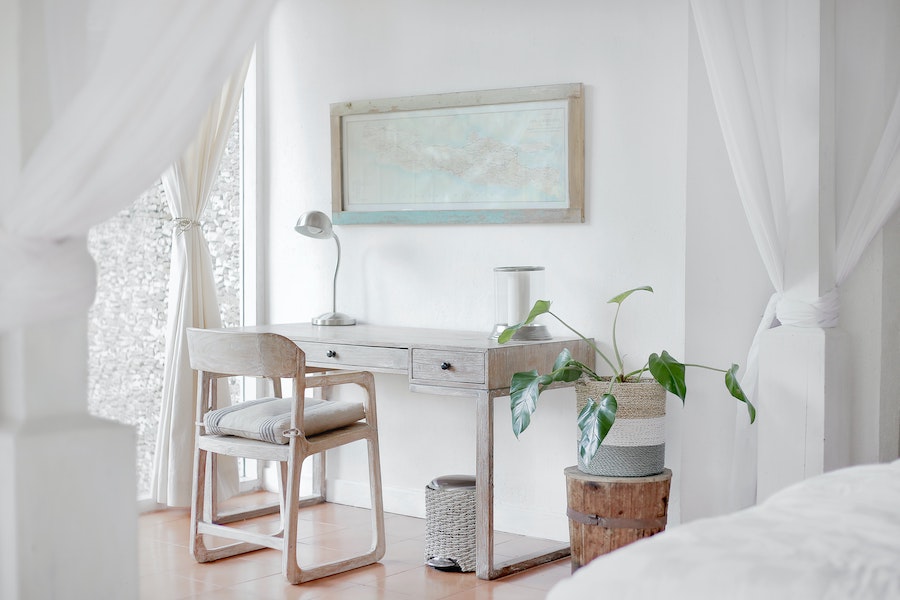
Set the Scene
Make sure to prep the area where you plan to do your video interview. Setting the scene matters. A lot. A messy room with laundry and stuffed animals strewn about? Probably not the path to success. When you set up for your interview, look around at what the interviewer will see in the background. Keep it as simple, clean, neutral — and businesslike as possible. Desk showing? Organize the top and banish any clutter.
Zoom backgrounds may be your friend if you can’t curate a corner of your actual space (and, of course, if your remote interview is on Zoom). Here are 8 great options!
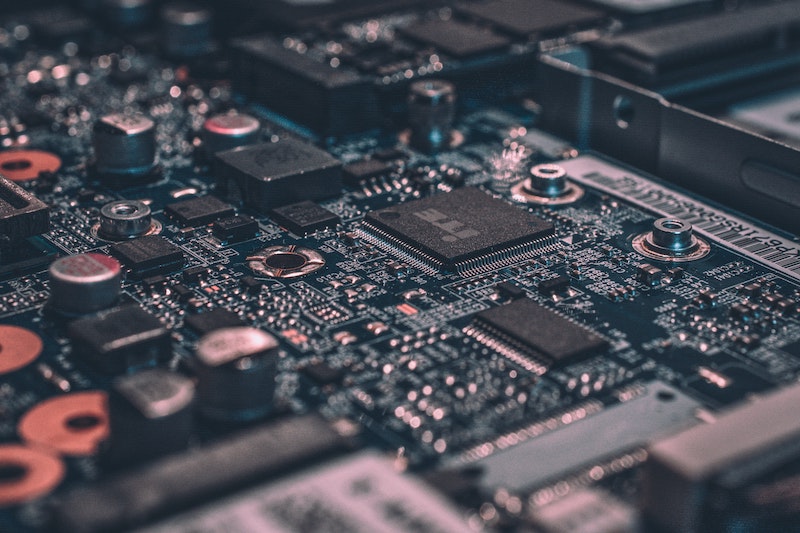
Check the Tech
Yes. Please check your equipment before the interview. Remote interviews require technology — which means that you have to ensure that the software (where the interview is taking place) is working seamlessly. Whatever the platform — Skype, Zoom, Google Hangouts, or another peer-to-peer software — make sure to test it out before the interview. Here’s how: most programs have a testing feature that will allow you to mimic a live call and make sure that everything is working as it should. If not? Test it out with a friend! Links for the five most popular video chat platforms below:
• Zoom
• Skype
• Google Hangouts
• WebEx
• GoToMeeting

Practice Makes Perfect
Practice, practice, and then practice some more. Here’s why: the tech associated with remote interviews can make some people feel ill at ease. You want to get comfortable using the video chat technology so that you appear calm, collected, poised. Practice with a friend; find your best angle; get accustomed to the volume, camera position, and other controls.
Pro tip: If you can, use a laptop or computer screen instead of an iPad.

Get a Notebook and Pen at the Ready
Have a clean pad of paper or notebook ready, and put the interviewer’s name and title on it. Make things simple for yourself. When anxiety starts to rise, it will be helpful to have the right name in front of you for easy reference — and you’ll have a convenient place to take notes and jot down questions that might come to you during the interview.

Dress for Success
Style yourself to fit the culture of the company with whom you are interviewing — and take care not to under or overdress. If it’s business casual, you won’t go wrong with a button-down and slacks. If more formal, wear a jacket (and tie, if you’re a tie wearer). Here are some recommendations for coming across polished and professional:
• Keep jewelry to a minimum.
• Neutral tones work well.
• Don’t wear white — it’s a bad choice on camera. Blue is a better option!
• Nix logo-laden tops — busy patterns too. You don’t want to distract the interviewer with your sartorial choices.
• Wear a jacket if you’re prone to sweating when nervous.
• Shave or groom your beard if you have one.
• If you’re someone that wears make-up — tinted moisturizer and mascara with a daub of lip gloss go a long way.
You may be tempted to wear jeans (or sweats) with your more-dressed up top, but realize that your entire ensemble can reflect your attitude and subconsciously impact how you come off in your interview. Think about it like an actor or actress getting ready to play a part — they don’t do it halfway.
Pro tip: Dress like the interview is happening in-person.
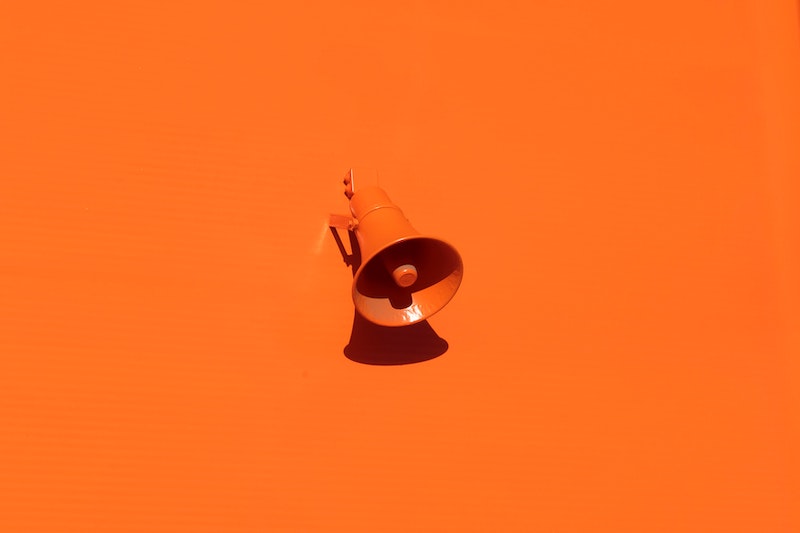
Sound Control is Key
Barking dogs. Crying babies. Loud trucks. When you are being interviewed, make sure to keep the noise level down. Turn off the television. Close your windows. Tell Alexa to keep it quiet. Put your cell phone on silent. If your dog is a crooner, see if you can get someone to take Fido out while you interview. If your kids are a possible noise culprit — see if someone in your home can watch them. If your particular quarantine situation makes that impossible — it might be Netflix to the rescue. Get some snacks, turn on a favorite movie or show, and explain that it’s important to stay quiet for a little while. As you might suspect, yapping dog, roaring lawnmower, or droning television in the background will not make you sound more professional — so do your best to maintain sound control.
Remember — microphones are sensitive — even if you’ve managed the BIG noises, little ones can also wreak havoc. Beware of: clicking your pen, tapping your foot, fidgeting (or playing with a fidget spinner), checking e-mail, or making any other distracting noises that your microphone may pick up. You want the focus on you and your skills — not the noise in the background.
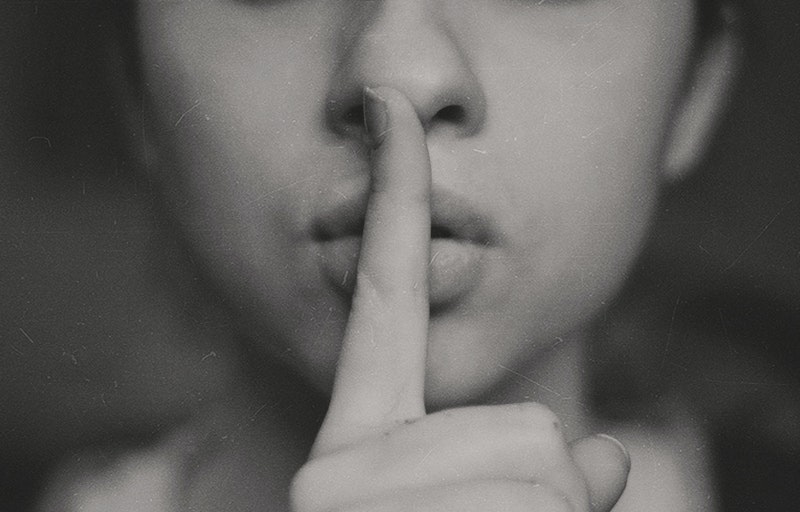
Control the Controllables
Close all unnecessary software on your computer; nix notifications, so you’re not disrupted by any errant beeps; put your cell phone on silent; and make sure your laptop (or iPad — but we recommend laptop or desktop) is plugged in or fully charged. The last thing you want is to be disturbed by external tech issues.

Early Bird Gets the Gig
You want to be ready, and to ensure that you’re on time — be early. Get situated ten minutes before your interview so you can make sure that everything is in place. Enter your meeting first — it shows that you’re prompt and prepared. Don’t worry; the meeting won’t begin till your host joins. And once you’re set up, you’ll have a few minutes to do some deep breathing or other relaxation techniques if helpful for you.

Be Enthusiastic!
Just like in an in-person interview — a candidate that shows a lack of enthusiasm for the company or position is not likely to make a great impression. Technology can also flatten emotional affect, which makes it that much more vital that you come across in a lively manner. Now is the time to ban your resting bored face and put your restlessness to rest. Practice active listening — responses like “I see,” “that’s interesting,” and “great question,” let the interviewer know that you are paying attention and engaged. Employers want employees that are happy and excited to be working for them — enthusiasm for the role gets you that much closer to being hired!
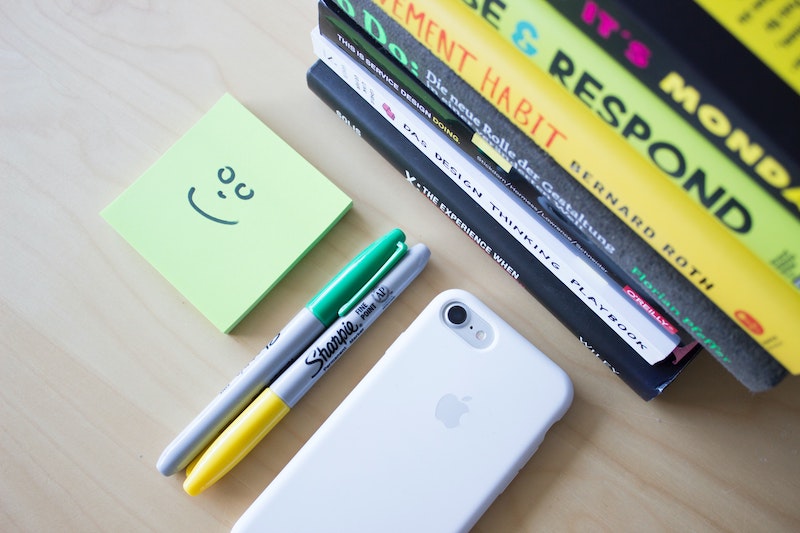
Smile. Make Eye Contact. Sticky Notes are Your Friends.
Be sure to look at the camera — that’s the video chat equivalent of making eye contact. If you’re looking at the keyboard or something on your desk (or looking in the corner at that tiny video of yourself), you’re not looking at the interviewer. If you want a reminder, draw a pair of eyes on a sticky note and place just underneath your webcam.
You may not be aware of it, but facial expressions add variety and inflection to your voice, making you sound more engaged and personable. Smiling uses muscles that change the tone of your voice — for the better. Here’s a tip that will help you succeed: write the words “smile,” and “relax” on sticky notes and place where you can see during your interview so that you can remember to do both.
The moral of this story? Sticky notes are your friends.
Before you sign off —
Make sure to ask about next steps. Let the interviewer know that you are excited about the opportunity and look forward to being in touch — then thank the interviewer as you would after any interview.
And after the remote interview—
• Double (triple) check that you are signed out of the video chat and that all equipment is turned off. Remember — microphones are sensitive.
• Consider doing a post-interview review — this can be an invaluable tool for helping you assess what went well, what you could improve on, and keep track of any details that came up that you’d like to capture. You can use a video feature on your computer to make the process fast and simple.
• Send a thank-you note!
About the author.
An award-winning creator and digital health, wellness, and lifestyle content strategist — Karina writes, edits, and produces compelling content across multiple platforms — including articles, video, interactive tools, and documentary film. Her work has been featured on MSN Lifestyle, Apartment Therapy, Goop, Psycom, Pregnancy & Newborn, Eat This Not That, thirdAGE, and Remedy Health Media digital properties.




